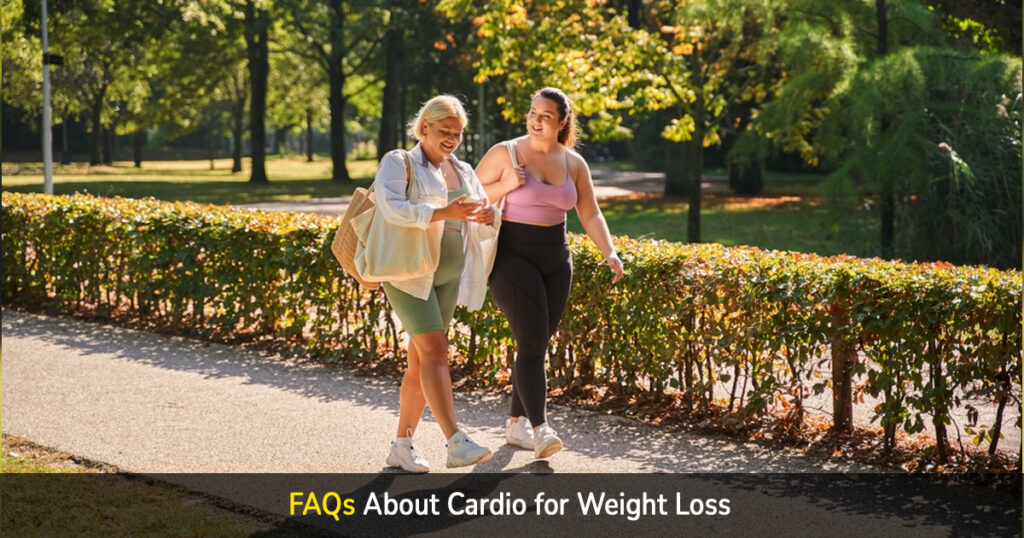A tried-and-true method for losing weight, cardiovascular exercise is a great place to start. Cardio, which stands for “cardiovascular exercise,” raises your heart rate, which in turn improves your calorie burn and facilitates the utilization of fat reserves as an energy source. The correct cardiovascular exercises can make a huge impact whether you are just beginning your fitness journey or are trying to overcome a plateau.
Cardiovascular exercise has several benefits beyond only decreasing body fat. It fortifies the heart, increases lung capacity, and boosts endurance. Cardio offers a wide range of alternatives to accommodate different fitness levels and goals, from high-intensity bursts to steady-state endurance training.
The Science Behind Cardio and Fat Loss

You may get your body to burn fat stores for energy by engaging in cardiovascular exercise, which raises your heart rate. Slow but steady weight reduction occurs when calorie expenditure exceeds calorie intake, a process known as a caloric deficit.
Understanding Caloric Deficit

Losing weight is as easy as plugging numbers into a calculator: calories in minus calories out. Cardiovascular exercise contributes to the “calories out” component. When coupled with careful eating practices, even moderate-intensity sports like brisk walking or cycling can greatly aid in creating a daily calorie deficit.
Heart Rate Zones and Fat Burning
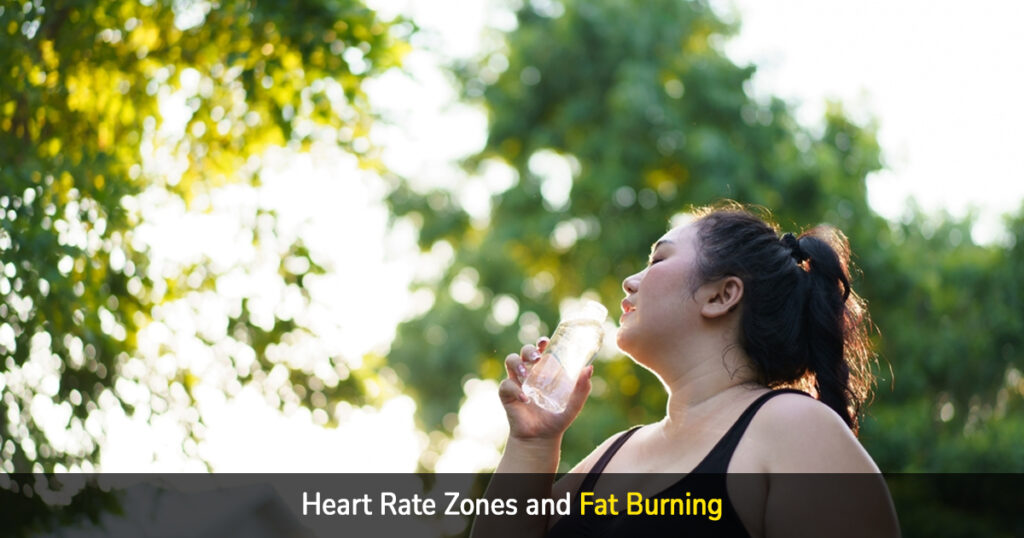
The sweet spot for fat burning is usually anywhere between 60% and 70% of your max heart rate. At these temperatures, fat is the primary fuel source for your body. Conversely, the afterburn effect occurs when you continue to burn calories even after your workout has ended, thanks to high-intensity cardio.
Here are the 7 Proven Cardio workouts to burn fat fast.
1. High-Intensity Interval Training (HIIT)
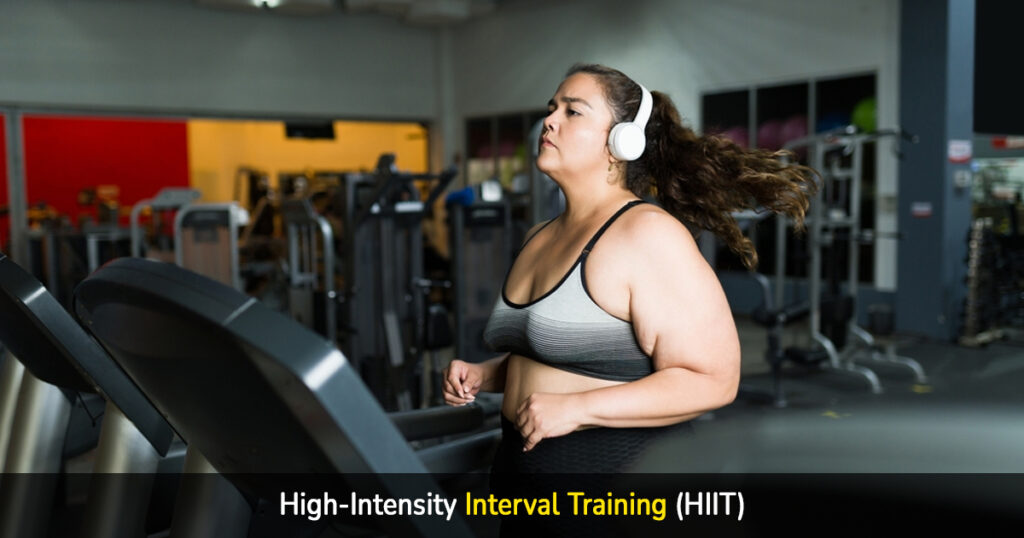
HIIT is characterized by brief intervals of intensive exertion followed by light recovery. Your heart rate will go through the roof, you’ll burn a ton of calories quickly, and the fat will keep burning even after you’ve finished the workout. When it comes to fat loss, a 20-minute HIIT exercise can be more effective than an hour of steady-state cardio.
Example:
- 30 seconds of sprinting
- 30 seconds of rest
- Repeat for 15–20 minutes
2. Running or Jogging
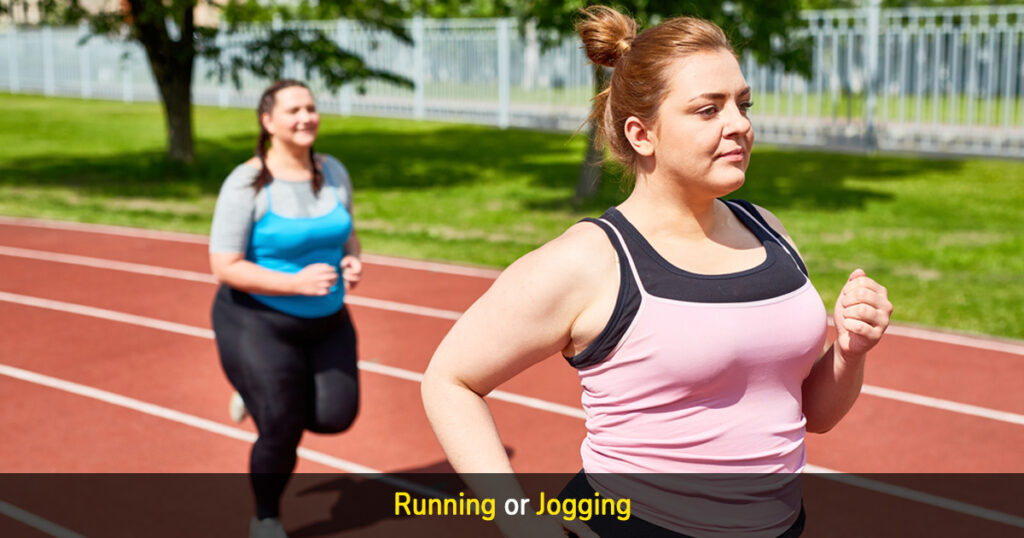
Running is still one of the best cardiovascular activities for fat loss because it is both easy and effective. To burn calories and increase endurance, try running outside, jogging on a treadmill, or doing sprint intervals. Beginners can safely improve stamina by alternating between walking and running.
3. Cycling
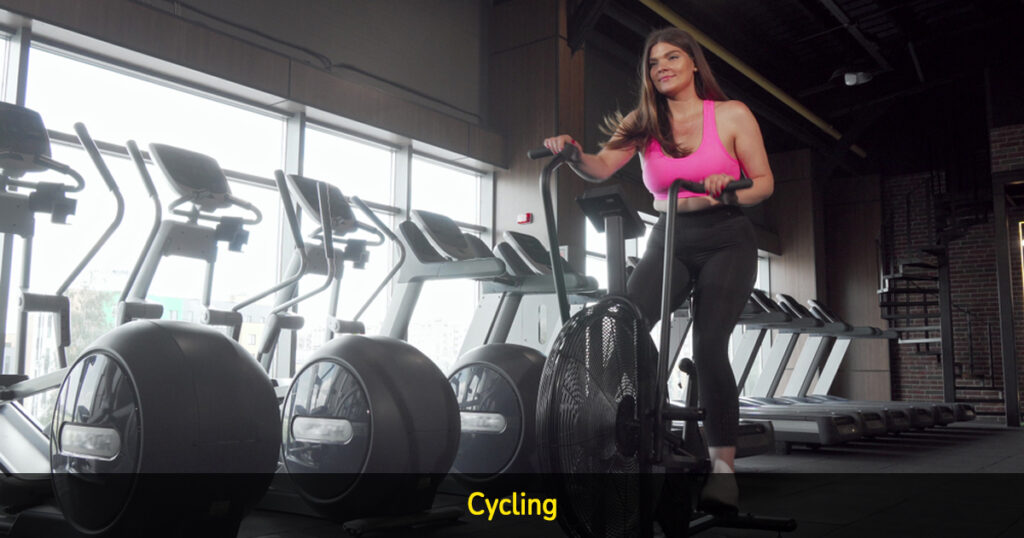
Whether you want to ride outdoors or on a stationary bike, cycling is an excellent low-impact exercise option. Engaging key muscular groups such as the glutes, quads, and hamstrings, it strengthens the lower body. Alternating between steady-state and sprint intervals is a great way to burn fat. Check out our complete guide to weight loss and cycling.
4. Jump Rope

You may burn up to 600 calories an hour by jumping rope, so it’s not only for kids anymore. Strengthening your legs and core while improving coordination and endurance is the goal. It’s easy to set up as well; all you need is some floor space and a rope.
5. Swimming
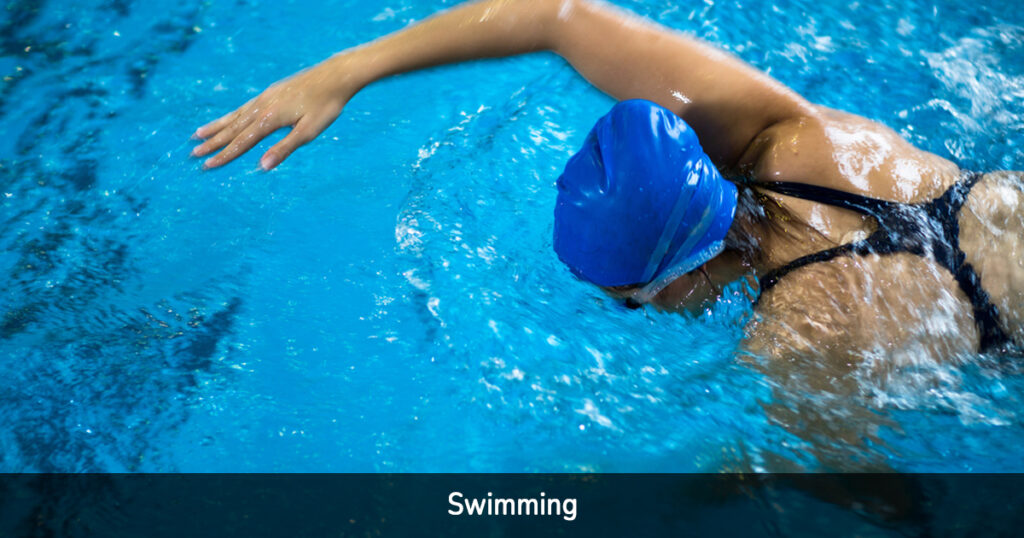
When you swim, you use almost every muscle in your body. Swimming workouts for weight loss are a great way to burn fat without putting too much strain on your joints because the water’s resistance forces your heart and lungs to work harder. Anyone looking for a full-body workout or recuperating from an injury will benefit greatly from this.
6. Rowing
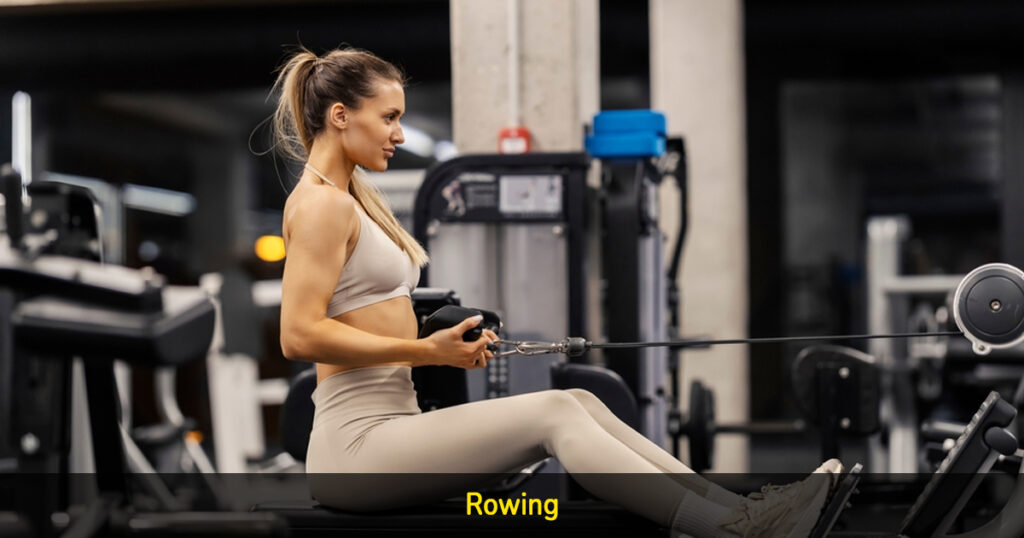
Cardio and strength training are both enhanced by rowing machines. The core, arms, and legs are all worked out with each stroke, which builds muscle endurance and burns calories. Posture and cardiovascular health are two additional benefits of rowing.
7. Stair Climbing
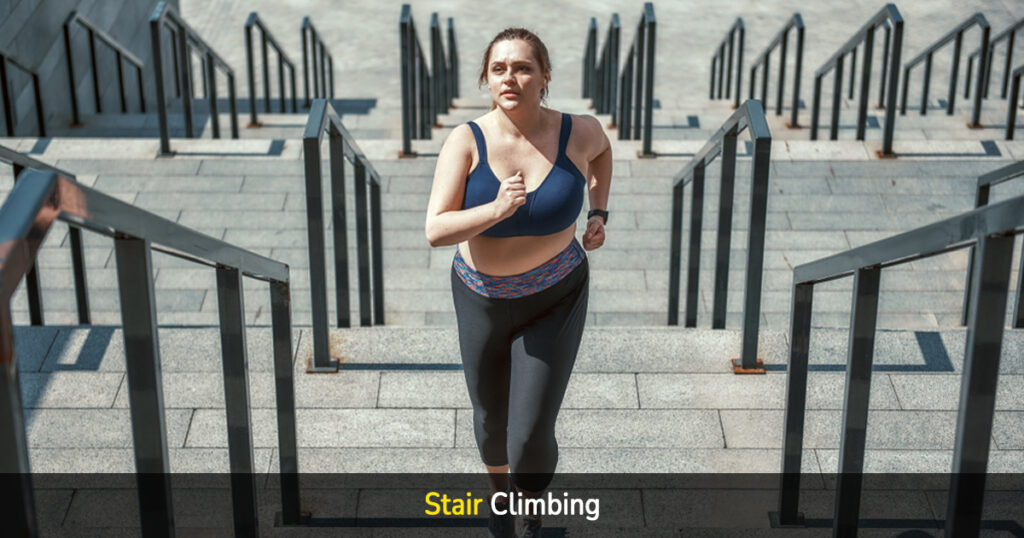
This cardiovascular exercise targets the glutes, hamstrings, and calves whether you’re using a stair climber or regular stairs. Stair climbing is an excellent option for those who are committed to losing fat since it burns almost twice as many calories as walking.
How Often Should You Do Cardio for Weight Loss?
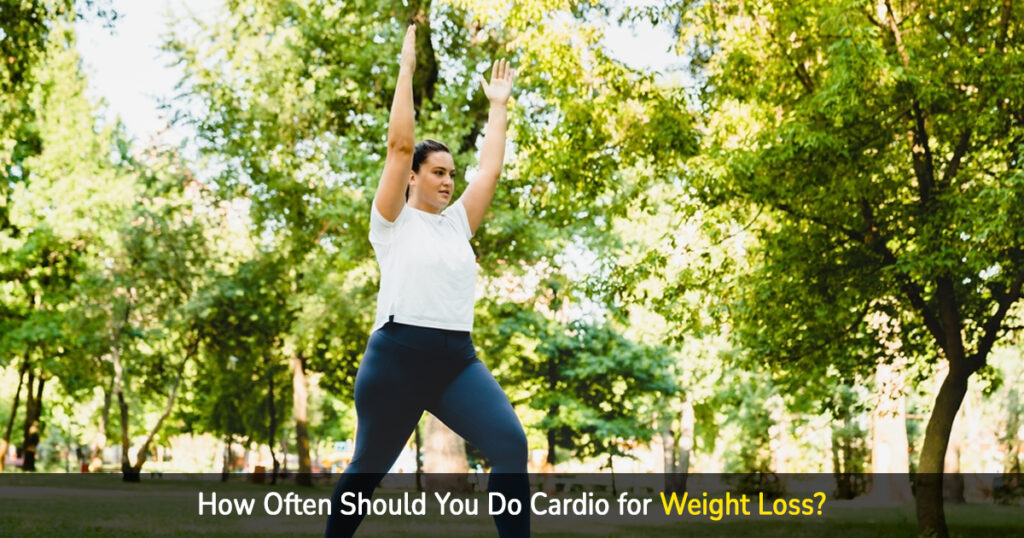
An ideal amount of cardiovascular exercise per week would be 75–150 minutes of high-intensity cardio or 150–300 minutes of moderate-intensity cardio. A beginner should ease into it, doing three or four sessions each week, and work their way up. Repeatedly pushing oneself a little harder each week, often known as progressive overload, is essential.
Combining Cardio with Strength Training
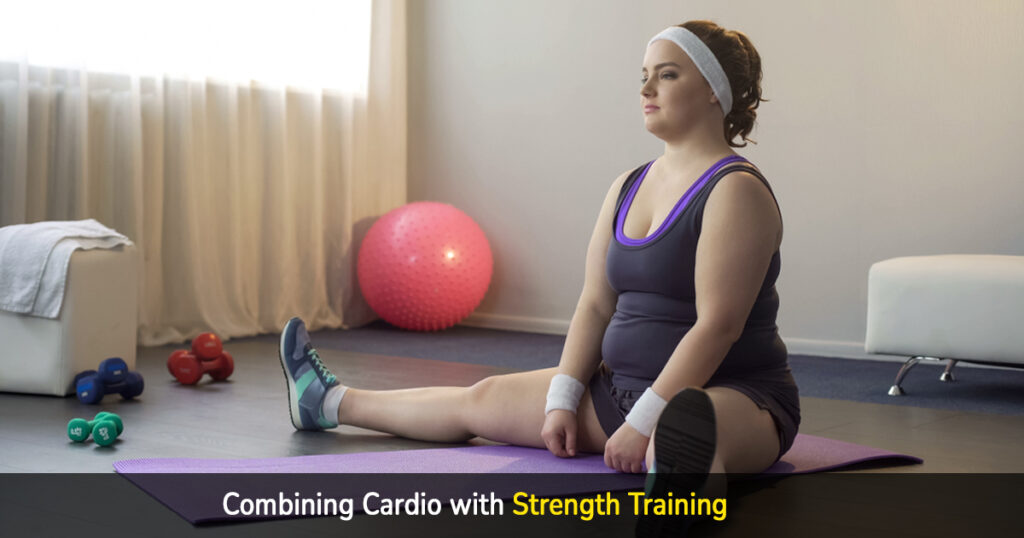
An ideal amount of cardiovascular exercise per week would be 75–150 minutes of high-intensity cardio or 150–300 minutes of moderate-intensity cardio. A beginner should ease into it, doing three or four sessions each week, and work their way up. Repeatedly pushing oneself a little harder each week, often known as progressive overload, is essential.
Diet and Lifestyle Tips to Maximize Cardio Results

- Maintain a healthy weight by eating a diet full of lean proteins, complex carbohydrates, and good fats.
- Pre-, during-, and post-workout hydration is essential.
- Rest aids in hormone balance and muscle repair, so make sure you get enough of it.
- To keep yourself motivated, track your progress with fitness apps or journals.
Common Mistakes to Avoid During Cardio Workouts

- Sticking to the same regimen day in and day out (causes growth to stall).
- Exercise too frequently without taking breaks.
- Putting aside things like healing and nutrition.
- Doing without warm-ups and cool-downs.
- Performing cardiovascular exercise alone, without supplementary strength training.
FAQs About Cardio for Weight Loss
Q1. How much cardio should I do to lose weight fast?
Strive for 30 minutes of moderate-intensity activity five times a week or 20 minutes of high-intensity interval training three times a week.
Q2. Is fast cardio more effective for fat loss?
While aerobic exercise at a faster pace may increase fat burning, the most important metric is total caloric expenditure.
Q3. Can I lose weight without cardio?
Cardio is an important part of any fitness regimen since it promotes heart health and speeds up the process of fat reduction.
Q4. What’s the best time to do cardio?
Morning cardio can help speed up metabolism first thing in the morning, although it’s ideal to exercise consistently at the same time every day, the best time is the time you can fit in to your schedule and commit to it .
Q5. Should I eat before cardio?
Snacking on something light (like a banana with a small spoonful of peanut butter, Greek yogurt with fruit, or a protein bar or shake) will help you perform better and stay alert longer.
Q6. Which cardio burns the most calories?
Certain exercises burn more calories than others; they include high-intensity interval training (HIIT), running, and jumping rope.
Conclusion: The Smart Way to Use Cardio for Weight Loss
Cardio for weight loss is an effective strategy to increase metabolic rate, boost endurance, and enhance general health. Pick exercises that are challenging but within your fitness level, maintain a regular routine, and supplement with nutritious food to see effects that last. Put on your shoes, get moving, and start your transformation today because progress is made by those who endure.


